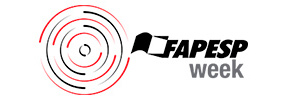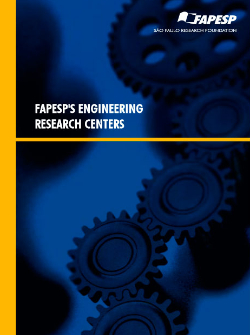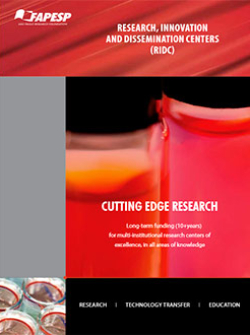FAPESP Supported
Research Highlights
 COVID-19
COVID-19 Mild COVID-19 can cause long-term cognitive losses
Study showed that although damage was most intense among those with severe COVID-19, memory loss and attention deficit were also exhibited by non-hospitalized patients 18 months after infection.
 Ecology
Ecology Researchers investigate the mysteries of giant Amazonian trees
In Amapá, the rainforest reaches unexplained and unexpected heights for a neotropical zone.
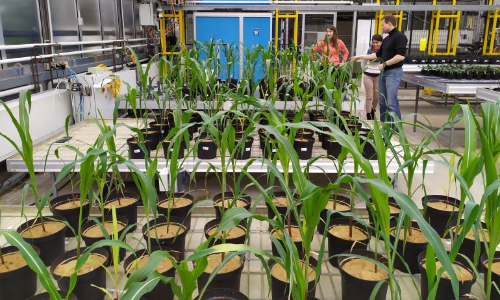 Innovation
Innovation Novel nanomaterial keeps more phosphorus available in soil than commercial fertilizer
This lab-developed novel compound can be produced with technology already used by the industry, facilitating scale-up. It fixes phosphorus in the soil for future crop cycles and requires fewer applications.
Research Supported by FAPESP
Search for:
Videos

Brazil dries up
Climate change gives rise to a region with an arid climate, previously non-existant in the country.
 Supercomputers
Supercomputers Capable of complex operations, machines enable to investigate matters such as the effects of deforestation on climate and Milky Way evolution.
 Teacher blackout
Teacher blackout To improve its basic education, Brazil needs to renew undergraduate courses that prepare students to teach, as well as to create policies that make the teaching career attractive.
 Field Diary – Negro River series
Field Diary – Negro River series Agência FAPESP followed the DEGy Negro River Expedition in search for I. caiana, an electric fish species whose only four specimen known to science were collected in 1968 at an inaccurately-described site.
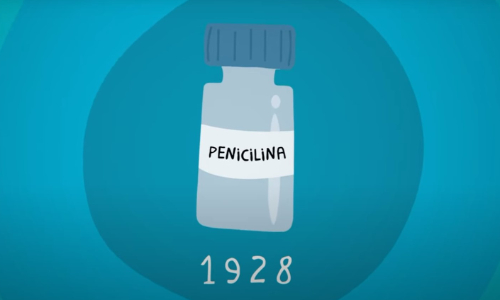 Public Health
Public Health Increasingly widespread use of antibiotics fosters the appearance of superbacteria defying science and health systems.
PublicationS
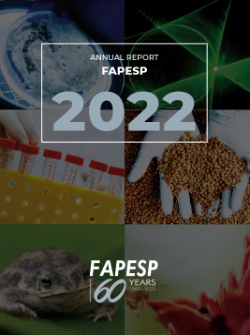
FAPESP Annual Activity Report
FAPESP allocated $ PPP 400.5 million to the funding of 19,692 research projects in 2021, for growth of
3.5% compared with 2020.
Read



